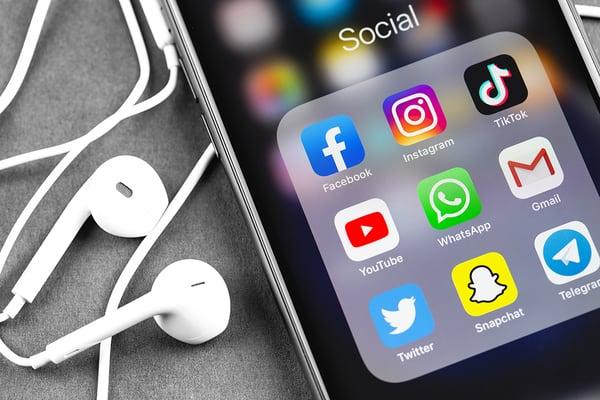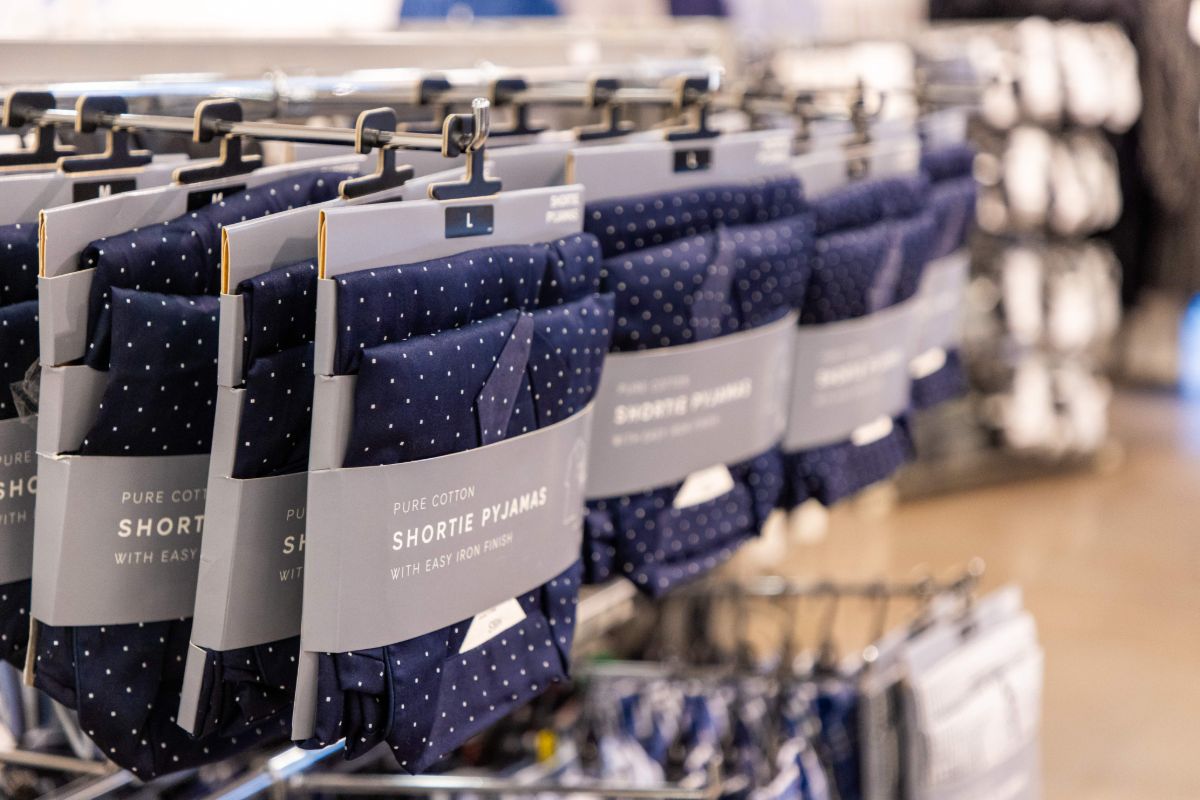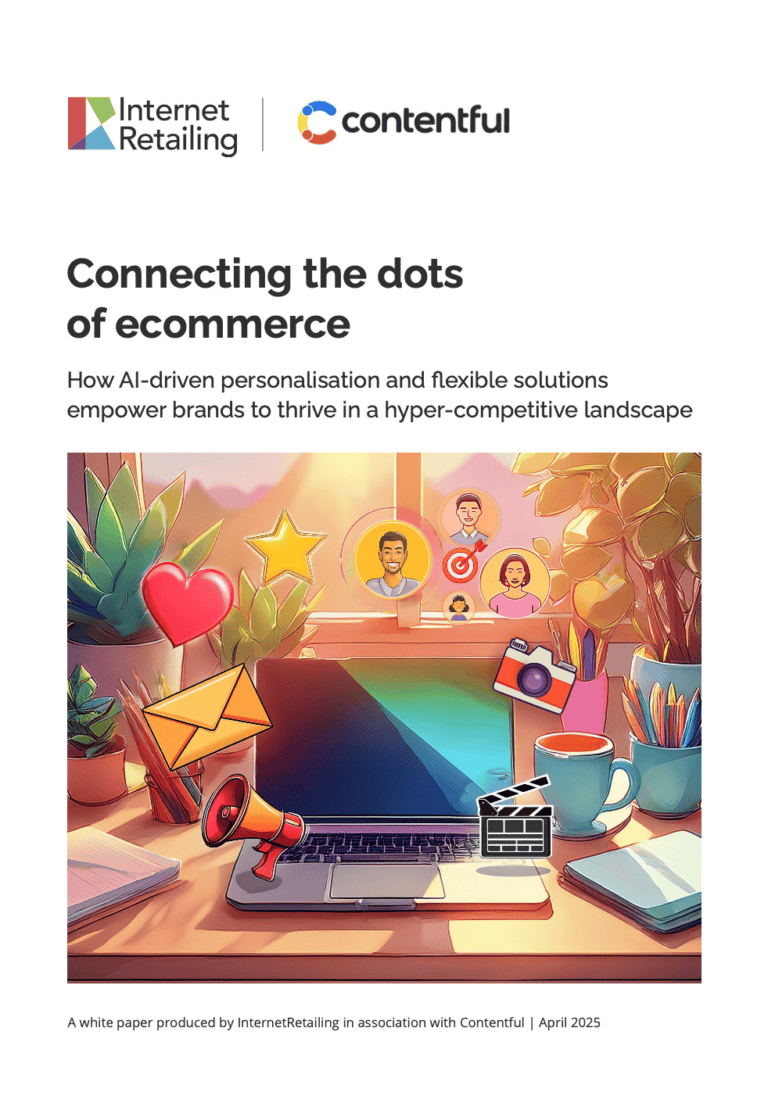Time spent globally in shopping apps outside of China grew 45% year over year in 2020, with some countries newer to the mcommerce world seeing even higher spikes: Russia grew 50%, Mexico 65%, Indonesia 85%.
According to data from App Annie, the biggest week for mobile retail came towards the end of 2020. From November 8 to November 15 consumers worldwide spent an incredible 2.3 billion hours in mobile shopping apps on Android phones — during the notable 11.11 Singles Day Shopping festival.
The mass migration to smartphone shopping made retail apps some of the biggest winners of the year in mobile. For example, China’s e-fashion brand SHEIN spent 2020 scaling its operation globally. Time spent in its app grew 170% in Mexico, 440% in Australia, 490% in the UK, 530% in France, 550% in Canada and 5525% in Brazil. The company expected sales to hit $10 billion in 2020.
Two trends stand out
Two new trends in mobile retail stand out: social commerce and live shopping.
The big social networks have been experimenting with adding ‘buy buttons’ to their operations for years. It makes sense given how much time is spent in these apps, and the rise of influencers. In 2020, shoppable buttons began to gain traction.
Pinterest is at the forefront of the trend. Since introducing buyable ’pins’ in 2015, it has steadily built out its merchant support. App Annie reveals Pinterest grew its global downloads by 50% over 12 months. Meanwhile Instagram, also on a similar social commerce push, saw downloads rise by 20%. With consumers flocking for inspiration, Pinterest reported 76% growth in Q4 2020 revenue — an indication of growing demand for experiences beyond social networking — including inspiration, how tos and shopping.
Live shopping had a similarly impressive 2020. The activity is like QVC for mobile. Brands and influencers pitch products in a live broadcast, and viewers click to buy in real time. Live shopping, like so many other mobile phenomena, began in China. Indeed, we saw downloads of China’s top app in the space, TaoBao Live, double its annual downloads from 3.9 million to 7.87 million in 2020.
But the category is now taking off elsewhere. Familiar brands such as Amazon, YouTube and Facebook have all launched live shopping offerings. But they have competition from venture capital-backed startups such as NTWRK and Grip, whose apps were downloaded 690,000 times in the US and 895,000 times in South Korea respectively in 2020.
While outside of China, the industry is still in its early stages, we believe social commerce and live shopping will continue to show impressive growth — representing a $2 trillion market globally by 2024.
SHEIN-ing example
As a mobile-native retailer, SHEIN leverages ‘influencer’ style product placements in images, and allows for outfit ‘likes’ — slotting into existing mobile-first behaviour found in social apps like Instagram. It also leverages a community aspect, with shoppers submitting user-generated content and takes user-generated content a step further including polls, a shrewd move that could allow for product testing, fuel the recommendation engine and drive deeper engagement — mirroring tactic leveraged by fashion influencers on Instagram in ‘Stories’.
These features are also powerful draw cards to register for the app — alongside coupons and delivery deals. Incorporating mobile-first gestures like this is a standout way to slot into existing habits from mobile-first users like Gen Z.
However, pureplay digital shopping companies such as SHEIN, Shoppee, MercadoLibre and Instacart didn’t have the market to themselves. According to Lexi Sydow, senior market insight manager at App Annie: “Incorporating mobile-first gestures like outfit curation, ‘liking’ and user-generated content in a community is a standout way to slot into existing habits from mobile-first users like Gen Z — a shrewd tactic leveraged by digital-first retailer SHEIN. This is one of the main reasons publishers should look beyond their immediate group of competitors for emerging mobile trends and industry best practices. The “Instagramification” of a shopping app is a powerful way to meet the moment and cultivate stickiness with shoppers. Instead of a social app adding shoppable elements this is an example of a shopping app incorporating trending social tactics to drive meaningful engagement — engagement that is poised to impact the top line.”
Sydow adds: “In 2020, mobile shopping boomed. Time spent in shopping apps grew 45% year over year outside of China, an early mover in m-commerce. We saw markets that have traditionally lagged in the mobile shopping space, like the US, grow an impressive 35% as mobile bridged the physical and digital divide with consumers seeking alternatives to in-person shopping amidst the backdrop of COVID-19. Grocery shopping was a key driver with apps like Walmart, Target and Instacart seeing 90%, 90% and 240% growth year over year in time spent in the US.”
Sydow concludes: “We also saw digital-first retailers like SHEIN leverage social features and influencer techniques to drive engagement and adoption, ranking 4th by downloads globally among all shopping apps. At the end of the day, mobile is critical to reaching the next generation of consumers and can be the linchpin in bridging a brick and mortar and digital strategy to optimize competitive advantages of physical stores, including fulfilment and delivery.”










